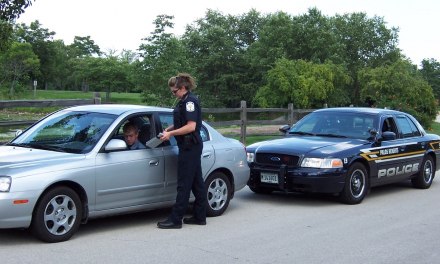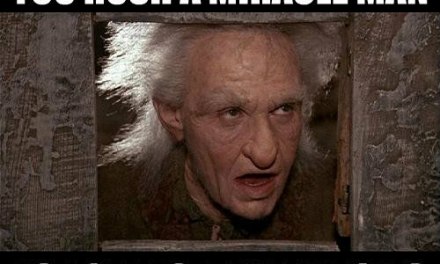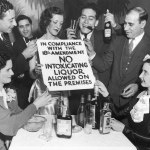To most of us, the term pill mill conjures up the image of a criminal enterprise set up by corrupt physicians– the proverbial few bad apples who spoil the bunch. But it doesn’t always start out that way.
You may be aware of the dramatic shift in the treatment of chronic pain that occurred in the 1990’s and beyond. Pharmaceutical firms introduced new opioid formulations such as Oxycontin. Reports circulated in the medical literature and the popular press about the tragic undertreatment of chronic pain sufferers. We learned that there were potentially 100 million such patients in America alone, most of them deprived of adequate treatment. There was new prominence for the specialty of pain medicine.
When a critic brought up the risk of addiction, advocates cited research suggesting that only a very small percentage, perhaps four in a thousand, would develop addiction following opioid treatment.
The standard of care changed. Accreditation surveyors began requiring pain assessments on all patients, regardless of presenting problem. They called pain the ‘fifth vital sign’, along with blood pressure, pulse, temperature, and respirations. As a result, many Americans were placed on opioid painkillers for an “indefinite” period. As the months and years passed, they naturally became quite dependent on the medication, and experienced significant withdrawal when it wasn’t available.
Then more research arrived, this time indicating that longterm maintenance on opioids wasn’t the best or most effective course. It might even worsen the pain, a condition called hyperalgesia. Bad news. One physician related his experience after taking a part-time job on Saturdays at a walk-in clinic in a mining region. The clinic itself was clean and modern and efficiently run. His job included an incentive based on the number of patients he saw during a shift (often a double). He noticed that most of the people he saw complained of pain, but that was to be expected, he thought, given the population of the region.
The clinic protocol revolved around a prescription for painkillers. Following that protocol also helped keep the typical visit below 12 minutes, which earned the physician a second bonus, for efficiency. He admits he didn’t pay much attention to the arrangement beyond doing his job, collecting his paycheck, and going home when his shift was over. He had a young family and bills to pay.
Until one day his wife’s friend, a drug counselor in town, took him aside to warn of his growing rep as an easy mark for an opioid prescription. He was flabbergasted. “But I don’t treat drug addicts. I just see medical patients.”
Like so many physicians, he thought he could identify an addict by appearance and manner.People knew enough to dress nice for a trip to the clinic. That’s really all it took to fool a doctor in a hurry.
That’s not to say there aren’t those who find their way into the pill mill racket out of greed. One physician angrily complained that managed care had depleted so much of his personal fortune that he was forced to “bend a few rules…I worked hard and long and took on all that debt… I deserve more.”
A social scientist once described this attitude as ‘aggrieved entitlement’. I like that. A 12 Stepper might have characterized it as resentment.
Here was a physician who regularly committed an assortment of crimes without considering himself a criminal. To his way of thinking, he was the victim. He was fortunate not to wind up in jail. Still, that was it for his medical practice, and all that was left of his personal fortune.













